- myFICO® Forums
- FICO Scoring and Other Credit Topics
- Understanding FICO® Scoring
- Re: $50k limits not part of utilization?
- Subscribe to RSS Feed
- Mark Topic as New
- Mark Topic as Read
- Float this Topic for Current User
- Bookmark
- Subscribe
- Mute
- Printer Friendly Page
$50k limits not part of utilization?
Is your credit card giving you the perks you want?
Browse credit cards from a variety of issuers to see if there's a better card for you.
- Mark as New
- Bookmark
- Subscribe
- Mute
- Subscribe to RSS Feed
- Permalink
- Report Inappropriate Content
Re: $50k limits not part of utilization?
Just as BBS and TT say, 34.9k for the older models, something north of 50k for FICO 8.
There are (as far as I know) no clear data for FICO 9. People might infer, based on the general upward trend from FICO 98/04 to FICO 8, that therefore FICO 9's cutoffs must be at least as liberal as FICO 8. That's an OK provisional assumption, but it doesn't always hold. For example, there's a general "liberalizing" trend in how the models handle collections (early models are more punitive and by the time you get to FICO 9 paid collections are ignored altogether). But a given model can still buck that trend. E.g. FICO 8 is more generous to unpaid small collections than is FICO 9. The point being that just because there's a general trend you can't know for sure how a model behaves without empirical testing.
I believe someone did a FICO 8 test that involved a CL in the low 50s (something like 53k). So (if the test was valid) it would show that the FICO 8 cutoff is certainly above that. And someone else reported that his card was dropped from util when he raised the CL to something like 70k. So (again if valid) that test would show that the cutoff is somewhere between 53k and 70k.
I use the phrase if valid because when all we have is one anectdotal report from one basically anonymous stranger, our confidence level should go down. Personally I'd love to see more confirmations from multiple forum contributors of the 51k CL as fully safe for FICO 8 and FICO 9. The practical reason is that very few people really have a need for a card with a CL > 50k -- but I can imagine people who are a bit strapped keeping an individual card at 34k (if it is one they make huge purchases on). I'd love to be able to say that many different people have confirmed 51k as fully safe for both FICO 8 and 9.
- Mark as New
- Bookmark
- Subscribe
- Mute
- Subscribe to RSS Feed
- Permalink
- Report Inappropriate Content
Re: $50k limits not part of utilization?
@Anonymous wrote:Just as BBS and TT say, 34.9k for the older models, something north of 50k for FICO 8.
There are (as far as I know) no clear data for FICO 9. People might infer, based on the general upward trend from FICO 98/04 to FICO 8, that therefore FICO 9's cutoffs must be at least as liberal as FICO 8. That's an OK provisional assumption, but it doesn't always hold. For example, there's a general "liberalizing" trend in how the models handle collections (early models are more punitive and by the time you get to FICO 9 paid collections are ignored altogether). But a given model can still buck that trend. E.g. FICO 8 is more generous to unpaid small collections than is FICO 9. The point being that just because there's a general trend you can't know for sure how a model behaves without empirical testing.
I believe someone did a FICO 8 test that involved a CL in the low 50s (something like 53k). So (if the test was valid) it would show that the FICO 8 cutoff is certainly above that. And someone else reported that his card was dropped from util when he raised the CL to something like 70k. So (again if valid) that test would show that the cutoff is somewhere between 53k and 70k.
I use the phrase if valid because when all we have is one anectdotal report from one basically anonymous stranger, our confidence level should go down. Personally I'd love to see more confirmations from multiple forum contributors of the 51k CL as fully safe for FICO 8 and FICO 9. The practical reason is that very few people really have a need for a card with a CL > 50k -- but I can imagine people who are a bit strapped keeping an individual card at 34k (if it is one they make huge purchases on). I'd love to be able to say that many different people have confirmed 51k as fully safe for both FICO 8 and 9.
I can't think of a good reason for targeting FICO 8 and 9. I consider the mortgage scores to be more important. And they're not just for mortgages. E.g., many credit unions use them for personal cards and loans, and Capital One uses a mortgage score for CLI requests.
T_T advises that for the mortgage scores the cutoff is 35k.
When I think of optimizing techniques, such as AZEO, I'm thinking 'what can I do that will help me, or at least not hurt me, across all FICO scoring models'.

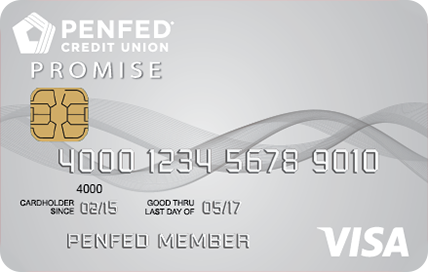

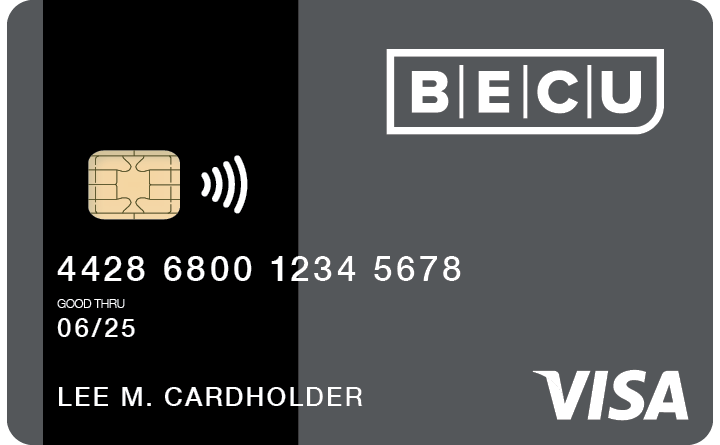




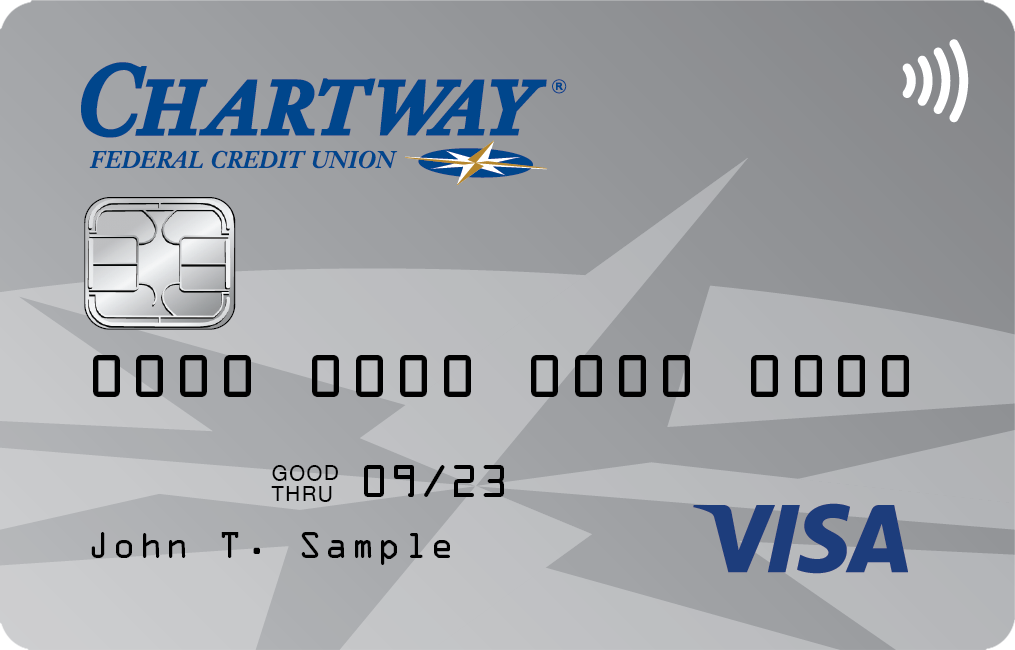


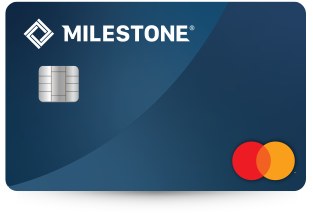
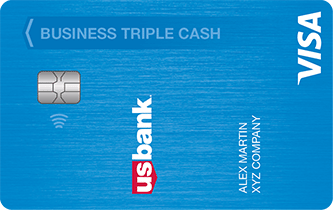

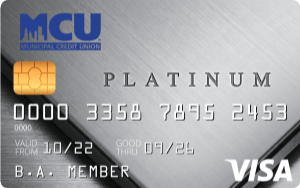






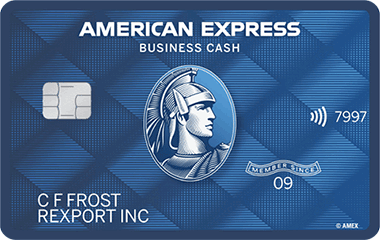




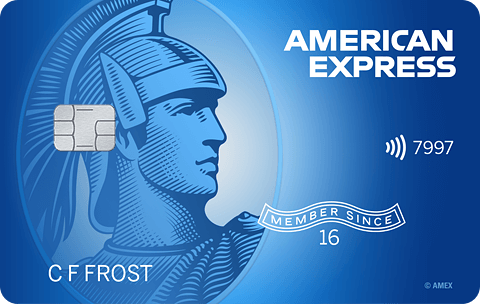
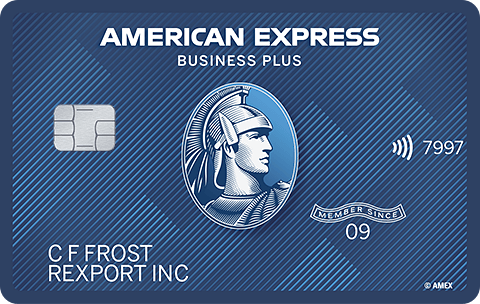



Total revolving limits 569520 (505320 reporting) FICO 8: EQ 689 TU 691 EX 682
- Mark as New
- Bookmark
- Subscribe
- Mute
- Subscribe to RSS Feed
- Permalink
- Report Inappropriate Content
Re: $50k limits not part of utilization?
Hi SouthJ. The reason for testers to target FICO 8 and 9 is because they represent scoring families where we still don't know what the cutoff is.
We do know what the cutoff is for the mortgage scores. As Thomas Thumb, BBS, and myself have said, it's 34.9k.
Since you are the OP, it sounds like you have some practical worry or concern about this. In your case, though, it's hard for me to imagine what that could be. Your current total credit limit is over half a million dollars and you have 26 cards.
My guess is that you don't need a bigger total credit limit, but might want a few cards that you could raise from 33k to (say) 100k. If so, go do that. Even if that act lowered what FICO sees (in terms of the scoring algorthm) to 22 cards and 400k, it surely won't make any difference to your mortgage scores or FICO 8 or FICO 9 scores. You can still implement AZEO and you'll have < 5% of your cards showing a positive balance with a total U of 1%.
- Mark as New
- Bookmark
- Subscribe
- Mute
- Subscribe to RSS Feed
- Permalink
- Report Inappropriate Content
Re: $50k limits not part of utilization?
Oct 2014 $46k on $127k 36% util EQ 722 TU 727 EX 727
April 2018 $18k on $344k 5% util EQ 806 TU 810 EX 812
Jan 2019 $7.6k on $360k EQ 832 TU 839 EX 831
March 2021 $33k on $312k EQ 796 TU 798 EX 801
May 2021 Paid all Installments and Mortgages, one new Mortgage EQ 761 TY 774 EX 777
April 2022 EQ=811 TU=807 EX=805 - TU VS 3.0 765

- Mark as New
- Bookmark
- Subscribe
- Mute
- Subscribe to RSS Feed
- Permalink
- Report Inappropriate Content
Re: $50k limits not part of utilization?
That's a pretty cool concept that TT mentioned earlier in this thread and one that I never really considered in the past.
I've always thought about bigger credit lines being excluded only from the standpoint of AZEO and score-maximization. The common thought process here was that if you have a CC with a limit > $50k, since it may get excluded from utilization, don't use it as your AZEO card, as if it is excluded from the equation you'll be seen as having no revolving credit use and take a scoring penalty.
What I never considered was that if one of these monster-limit lines of credit is indeed excluded from the utilization equation/scoring, it essentially becomes a hidden tradeline with respect to utilization. This means someone could run up huge expenses on it an see no adverse scoring impact. I find that quite interesting. Of course, unlike a "real" hidden trade line, anyone doing a MR would quickly see the balance on the account [relative to the limit] and know it wasn't a favorable situation.
- Mark as New
- Bookmark
- Subscribe
- Mute
- Subscribe to RSS Feed
- Permalink
- Report Inappropriate Content
Re: $50k limits not part of utilization?
@Anonymous wrote:Hi SouthJ. The reason for testers to target FICO 8 and 9 is because they represent scoring families where we still don't know what the cutoff is.
I'm just thinking pragmatically. If something is fine for FICO 8 and 9, but damaging to the FICO mortgage scores, why would anyone want to go there? If no one wants to go there, who needs a test to explore what would happen if they did?
We do know what the cutoff is for the mortgage scores. As Thomas Thumb, BBS, and myself have said, it's 34.9k.
Since you are the OP, it sounds like you have some practical worry or concern about this.
Reading my mind, eh? Well I do have a useful 33k card. And am debating whether to apply for a CLI some day. But if doing that would harm my mortgage scores, I might want to refrain.
In your case, though, it's hard for me to imagine what that could be. Your current total credit limit is over half a million dollars and you have 26 cards.
My guess is that you don't need a bigger total credit limit, but might want a few cards that you could raise from 33k to (say) 100k. If so, go do that.
Even if that act lowered what FICO sees (in terms of the scoring algorthm) to 22 cards and 400k, it surely won't make any difference to your mortgage scores or FICO 8 or FICO 9 scores. You can still implement AZEO and you'll have < 5% of your cards showing a positive balance with a total U of 1%.
I have 443k reporting (the rest is 'hidden' -- i.e. reports to business only). Of course it's true that if my utilization is 1% on 443k, the switch from 443k reporting to 410k probably isn't going to have a lot of impact.
But if my utilization were 9%, it probably would.































Total revolving limits 569520 (505320 reporting) FICO 8: EQ 689 TU 691 EX 682
- Mark as New
- Bookmark
- Subscribe
- Mute
- Subscribe to RSS Feed
- Permalink
- Report Inappropriate Content
Re: $50k limits not part of utilization?
BTW @CreditGuyInDixie, what would be the methodology for this hypothetical test?
The MyFICO report gives you one set of credit reports and various scores based on the data in those reports.
The reports tell you the limits and the balances.
How would one determine which of the scoring models was counting a particular account in utilization and which was not?































Total revolving limits 569520 (505320 reporting) FICO 8: EQ 689 TU 691 EX 682
- Mark as New
- Bookmark
- Subscribe
- Mute
- Subscribe to RSS Feed
- Permalink
- Report Inappropriate Content
Re: $50k limits not part of utilization?
Hi SouthJ. Great question about the methodology. Example:
Bob has 8 cards. All of them have a CL below 34.9. He has a real strong desire for one of them to have a much higher CL. Call this card X. He implements AZEO with X having a small positive balance. He pulls his scores. Then he raises his CL to some huge CL. Then he pulls his scores again.
If a given FICO model suddenly drops 20 points (or thereabouts) then FICO has excluded that tradeline from consideration in its model. It's as if all of Bob's cards are now $0. Even better if the credit monitoring tool provides reason codes and the one for all cards being at zero (paraphrase) appears.
That method was used with great success by several people in the monster thread devoted to high CLs. By success I mean it worked as expected. When a person went from 30k to 90k (say) it really dropped the FICO 8 -- as if the person had all cards at $0.
Note that the test can be done without an CLI at all. You just need someone who already has an obscenely high CL on one of his cards. E.g. one with a CL of 70k and several others in the 20s. He does the test as above but no CLI is involved. He just starts with two cards showing a small positive balance (one of them the monster). Then he pays the small CL to zero. If that causes his score to drop, you are in business. Note that here the test could be repeated 2-3 times if the person was willing to.
- Mark as New
- Bookmark
- Subscribe
- Mute
- Subscribe to RSS Feed
- Permalink
- Report Inappropriate Content
Re: $50k limits not part of utilization?
There seems to be an assumption here that the tradeline exclusion rules for the "number of cards reporting balance" and the "total util % revolving" scoring factors are identical.
Has that actually been demonstrated for the various relevant scoring models?
EQ9:847 TU9:847 EX9:839
EQ5:797 TU4:807 EX2:813 - 2021-06-06
- Mark as New
- Bookmark
- Subscribe
- Mute
- Subscribe to RSS Feed
- Permalink
- Report Inappropriate Content
Re: $50k limits not part of utilization?
@Anonymous wrote:Hi SouthJ. Great question about the methodology. Example:
Bob has 8 cards. All of them have a CL below 34.9. He has a real strong desire for one of them to have a much higher CL. Call this card X. He implements AZEO with X having a small positive balance. He pulls his scores. Then he raises his CL to some huge CL. Then he pulls his scores again.
If a given FICO model suddenly drops 20 points (or thereabouts) then FICO has excluded that tradeline from consideration in its model. It's as if all of Bob's cards are now $0. Even better if the credit monitoring tool provides reason codes and the one for all cards being at zero (paraphrase) appears.
That method was used with great success by several people in the monster thread devoted to high CLs. By success I mean it worked as expected. When a person went from 30k to 90k (say) it really dropped the FICO 8 -- as if the person had all cards at $0.
Note that the test can be done without an CLI at all. You just need someone who already has an obscenely high CL on one of his cards. E.g. one with a CL of 70k and several others in the 20s. He does the test as above but no CLI is involved. He just starts with two cards showing a small positive balance (one of them the monster). Then he pays the small CL to zero. If that causes his score to drop, you are in business. Note that here the test could be repeated 2-3 times if the person was willing to.
Sounds like it would be pretty difficult to make that happen.































Total revolving limits 569520 (505320 reporting) FICO 8: EQ 689 TU 691 EX 682